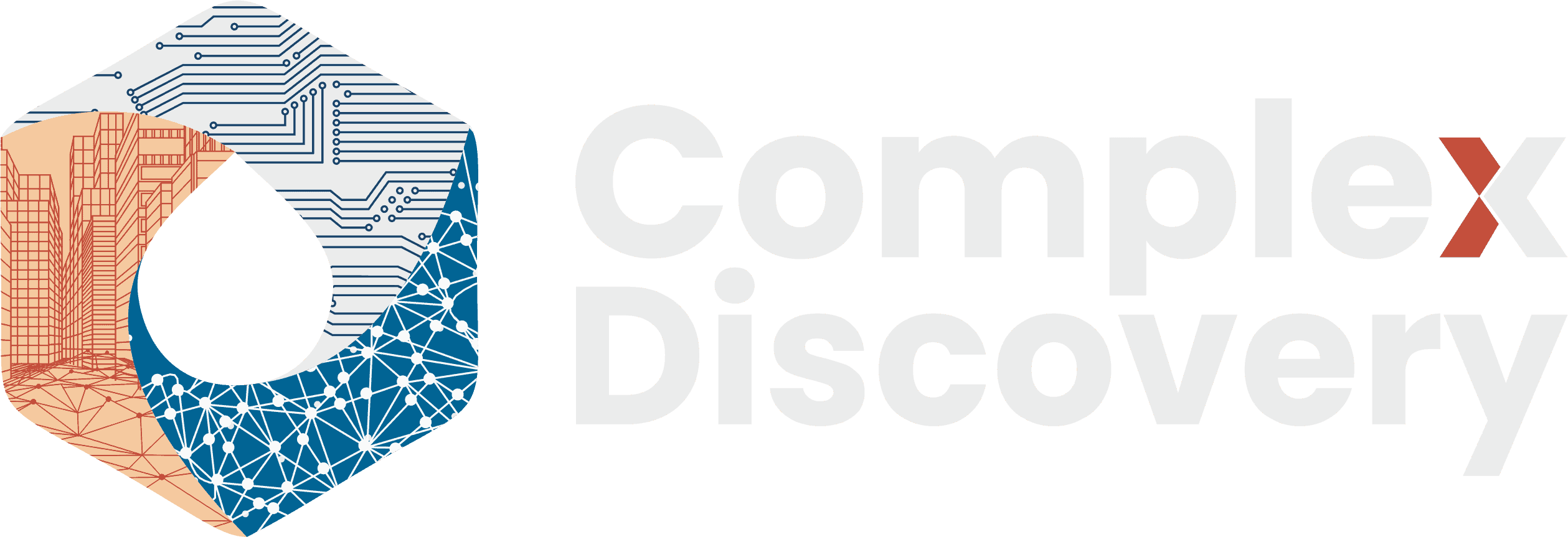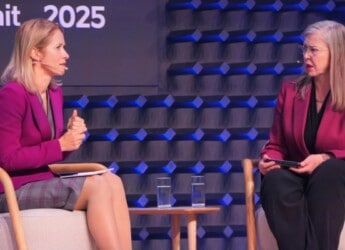Editor’s Note: Leadership longevity is being redefined—not just by biology, but by technology. In an era where seasoned executives operate at the intersection of institutional knowledge and digital acceleration, artificial intelligence is quietly reshaping the contours of effectiveness at the highest levels. This article, originally published on Forbes Communications Council, challenges outdated assumptions about age and cognitive decline by exploring how AI functions as a strategic amplifier, not a replacement. Rather than focusing on automation or displacement, it frames AI as a collaborative partner that extends decision-making capacity, preserves executive judgment, and unlocks a new model of relevance in later-stage leadership.
In sectors where experience, insight, and strategic clarity are non-negotiable, AI-enabled leaders are proving that cognitive aging is not a ceiling—but a threshold to rethink entirely.
Content Assessment: Raising The Age Ceiling: How AI Is Extending Executive Leadership
Information - 94%
Insight - 95%
Relevance - 90%
Objectivity - 90%
Authority - 93%
92%
Excellent
A short percentage-based assessment of the qualitative benefit expressed as a percentage of positive reception of the recent article from ComplexDiscovery OÜ titled, "Raising The Age Ceiling: How AI Is Extending Executive Leadership."
Industry News – Leadership Beat
Raising The Age Ceiling: How AI Is Extending Executive Leadership
Rob Robinson | Republished with Permission from Forbes Communications Council
Artificial intelligence is redefining the boundaries of leadership, particularly age. As boardrooms across industries face the “Peak 65” demographic wave and an aging cohort of senior executives, a provocative question arises: Can AI help leaders remain at the helm longer and more effectively than ever before?
Increasingly, the answer appears to be yes, within reason. Advances in collective AI and decision-support systems now enable executives to amplify their cognitive bandwidth, strategic insight, and adaptability. This doesn’t make aging irrelevant—biology still sets hard limits—but it does offer a powerful tool for extending the prime years of leadership.
The Demographic Shift: Longer Tenure, New Pressures
A quiet revolution is underway in the C-suite. Nearly 1 in 5 Fortune 500 CEOs is now 65 or older, and the average CEO age has climbed to 59.2. This isn’t just demographic inertia. It’s the product of institutional evolution.
The abolition of mandatory retirement rules under the Age Discrimination in Employment Act has opened the door to longer tenures. But more importantly, organizations are now better equipped to support seasoned leaders whose value often grows with experience.
Historically, extended leadership was constrained by declining processing speed, energy, or memory concerns, limitations that are now increasingly being mitigated by AI. Research shows little to no productivity drop between older and younger professionals. In fact, executive strengths like strategic judgment, big-picture thinking, and emotional intelligence often mature with age.
AI As A Cognitive Amplifier
At the core of this transformation is AI’s role as a strategic co-pilot. AI systems can surface insights, analyze vast datasets, and model complex scenarios in seconds, offering a second brain for senior leaders. In this way, AI doesn’t replace judgment; it sharpens it.
What AI truly enhances is an executive’s cognitive reserve—the accumulated intellectual capital built from decades of problem-solving, strategic thinking, and crisis navigation. By filtering information, contextualizing decisions, and reducing mental load, AI allows leaders to preserve and extend this reserve. It boosts their capacity to process complexity without exhausting mental energy, effectively increasing cognitive bandwidth at a stage when conserving it matters most.
Older executives, often assumed to be less digitally fluent, are rapidly narrowing the skills gap. With user-friendly dashboards and natural-language interfaces, AI has become increasingly accessible. Targeted upskilling efforts and intuitive tools are empowering leaders over 55 to make faster, more confident decisions.
Consider a realistic scenario: a 67-year-old CEO at a midsized logistics firm uses an AI-integrated market dashboard to monitor real-time shipping data across North America. The platform surfaces a subtle but sustained drop in outbound volume from two key ports—an early signal of supplier delays and shifting demand. Acting on this insight, the executive team proactively reroutes capacity and negotiates interim storage contracts, buffering against disruption. At the same time, AI-powered compliance tools flag an emerging regional regulatory change—still under public consultation—which enables the legal team to prepare ahead of formal rollout. The CEO doesn’t need to be a technologist; the system acts as a filter and guide, amplifying judgment and enabling faster, sharper strategic calls.
This kind of augmentation allows organizations to preserve institutional knowledge and harness deep experience without sacrificing decision speed or strategic foresight.
The Biological Reality: Limits Still Apply
Yet, even the best AI can’t fully counteract biology. Cognitive decline becomes a real concern for executives over 75, often affecting critical areas like judgment, strategic flexibility, and risk assessment. Research into mild cognitive impairment (MCI) shows that financial decision-making and executive function are among the first skills to erode, often subtly and before obvious symptoms emerge.
AI can compensate up to a point, but it cannot override the need for sound human judgment. That’s why forward-looking organizations are focusing on regular capacity assessments and “graduated transition” models—advisory roles, board positions or emeritus titles that capture executive wisdom while reducing risk.
Strategy, Succession, And The Future Of Leadership
The challenge—and opportunity—now lies in rethinking succession planning. Rather than relying on arbitrary age cutoffs, organizations should prioritize functional assessments, adaptability and decision-making acuity.
Performance metrics are shifting, too. In an AI-enhanced leadership model, success is less about operational pace and more about vision, judgment and ability to navigate ambiguity—skills that often peak later in life.
Conclusion: A Synergistic Path Forward
This emerging leadership paradigm isn’t just about longevity—it’s about synergy. AI and human intelligence together create a richer, more resilient decision ecosystem. Executives who embrace this hybrid model can extend their leadership relevance and strategic impact well into what was once considered “retirement age.”
Boards that understand and invest in this potential stand to benefit from a rare combination: the seasoned wisdom of experience and the real-time clarity of machine intelligence.
As business evolves, so too must our understanding of leadership. AI can’t stop time, but it can help decision-makers use it more wisely.
Originally published by Forbes Communications Council at Raising The Age Ceiling: How AI Is Extending Executive Leadership
Assisted by GAI and LLM Technologies
Additional Reading
- Staying Curious: One Practical Defense Against Creative Burnout
- From Longbows To AI: Lessons In Embracing Technology
- SXSW EDU | Embracing the Experimental Mindset: How Curiosity Fuels Learning and Growth
- 20 Ways Creative Professionals Battle Burnout And Find Fresh Ideas
- 14 Points For Brands To Consider Before Making Sociopolitical Statements
Source: ComplexDiscovery OÜ



























